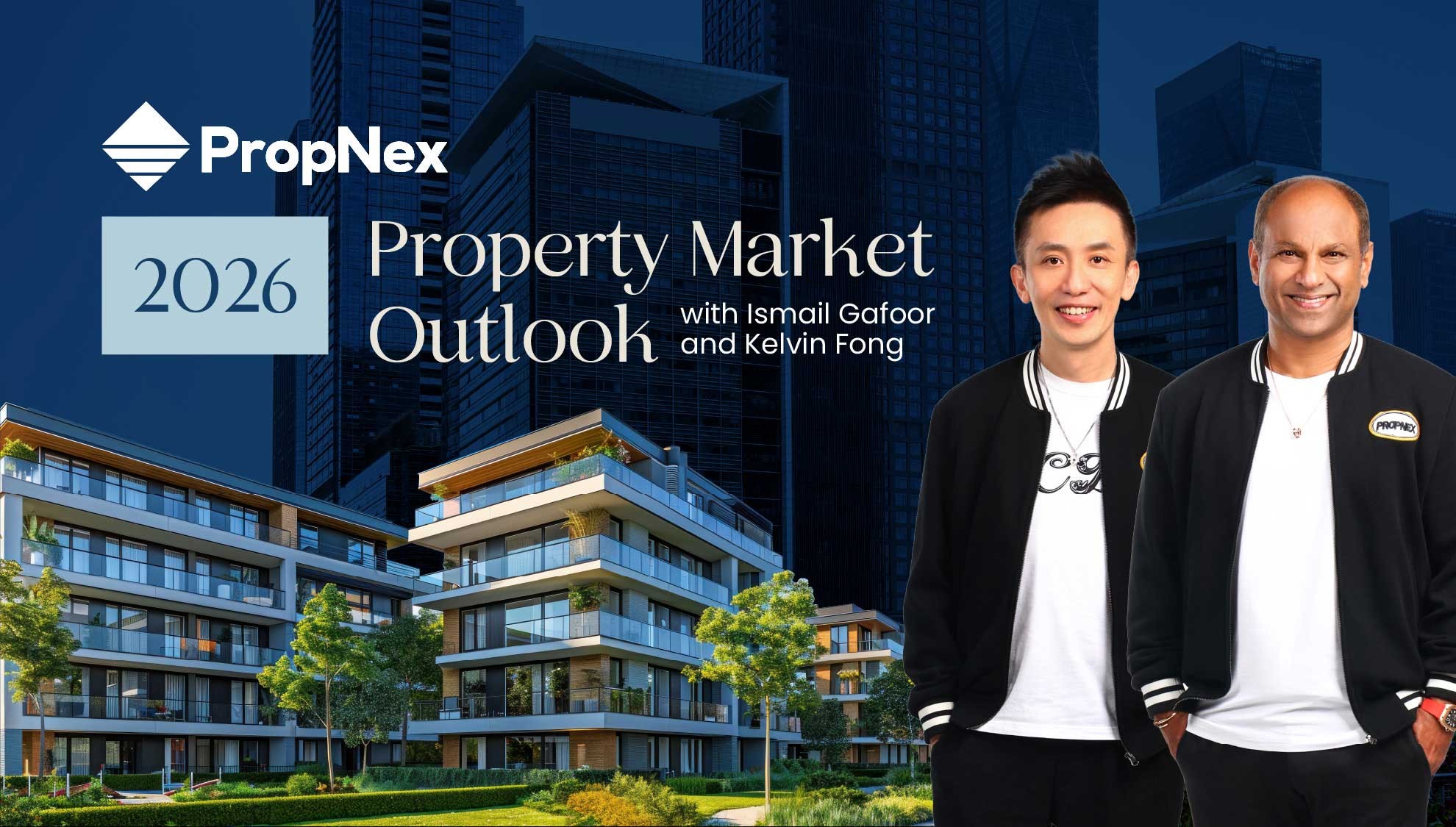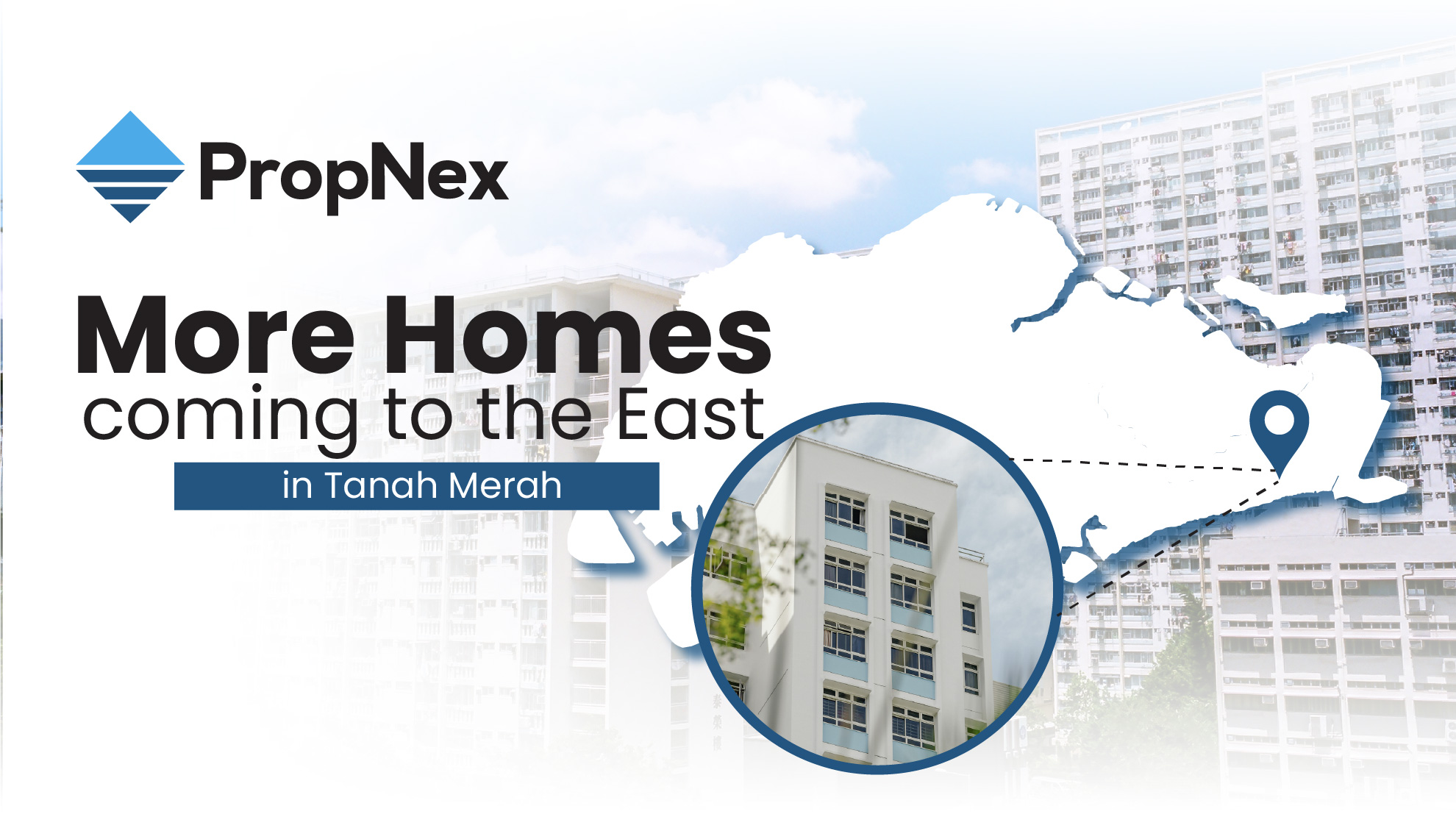District Diary: Mapping Out Regions In Singapore


Singapore is a vibrant island known for its culture and diverse neighbourhoods. From the bustling Central Business District (CBD) to quiet suburban areas, each district offers its own unique charm and attributes.
Choosing the ideal location is a vital part of buying properties. As a homebuyer, knowing what each district has to offer can help you identify neighbourhoods that align better with your lifestyle preferences like being close to your extended family, workplace or child's school. Ultimately, the goal is to find your ideal home within your budget, leaving you more confident with your decision to buy a certain property.
On the other hand, if you are looking to invest, paying attention to leveraging factors in different districts may help you maximise your returns. Knowing which areas have higher growth potential, rental demands and surrounding amenities should be part of your strategic planning.
In this District Diary, we will map out the various regions of Singapore, exploring their distinct characteristics and price trends. We will also look into some key factors you should consider before making a purchase, things like surrounding amenities and the influence of urban transformations. By the time you finish reading this article, you will have the right mindset on property purchase and the knowledge to make informed decisions according to your needs.
.jpg)
The Singaporean landscape is divided into 28 postal districts that are classified into three primary regions: Core Central Region (CCR), Rest of Central Region (RCR) and Outside Central Region (OCR). Let's break it all down!
Core Central Region (CCR)
The CCR is the beating heart of Singapore's urban landscape. This is where most high-end properties and the Central Business District (CBD) are located. Characterised by tall skyscrapers, luxury condos and numerous shopping malls, the CCR is synonymous with cosmopolitan living.
This region comprises the following postal districts:
District 9: Orchard, Cairnhill and River Valley
District 10: Ardmore, Bukit Timah, Holland and Tanglin
District 11: Watten Estate, Newton, Novena and Thomson
As well as parts of the following districts:
District 1: Raffles Place, Cecil, Marina
District 2: Anson, Shenton Way and Tanjong Pagar
District 4: Sentosa
District 6: City Hall
District 7: Bugis
Considering that properties in the CCR are typically high-end and upscale, their market values are also significantly higher than those of the other regions. Over the past 10 years, CCR prices have fluctuated quite a bit, especially in the first half of the decade.
One of the main reasons behind this was the anti-speculative measure imposed by the Singaporean government. Increasing the rates of Additional Buyer's Stamp Duty (ABSD) was successful in creating a more sustainable real estate market for local citizens. However, this heavy tax deterred foreign investors from buying properties in Singapore. Aside from that, property markets in other countries such as Cambodia, Vietnam and Hong Kong caught the interest of investors, diverting attention away from Singapore and affecting market sentiment. Both of these affairs contributed to price fluctuations in the CCR, which has always been highly favoured by foreign investors.
Nevertheless, the ongoing demand for luxury properties from both local and foreign buyers has influenced a more stable growth in recent years. Today, the average price per square foot for a unit in the CCR is set at around $3,155.
Source: Propnex Investment Suite Market Updates Tool (2024)
Rest of Central Region (RCR)
Adjacent to the CCR, the RCR contains a mix of established and emerging neighbourhoods, offering a unique blend of heritage and modernity. In this melting pot of diverse cultures and experiences, you can find both cosmopolitan areas and tranquil environments.
This region comprises the following postal districts:
District 3: Bukit Merah, Queenstown and Tiong Bahru
District 8: Little India and Farrer Park
District 12: Balestier and Toa payoh
As well as parts of the following districts:
District 1: People's Park
District 2: Chinatown
District 4: Harbourfront and Telok Blangah
District 5: Buona Vista and Pasir Panjang
District 6: Fort Canning
District 7: Rochor, Golden mile
District 13: MacPherson and Potong Pasir
District 14: Geylang, Eunos, Dakota, Paya Lebar and Aljunied
District 15: Katong, Joo Chiat and Amber Road
District 20: Bishan and Thomson
Compared to the CCR, RCR prices have experienced a more stable growth over the past 10 years. Being on the city fringe, this region appeals to those who want to live close to the city but can't quite afford a luxury unit in the CCR. The affordability of RCR properties makes them highly desirable. It's no wonder that unit prices in this region have increased notably in recent years. Today, the average price per square foot for a unit in the RCR is set at around $2,502.

Source: Propnex Investment Suite Market Updates Tool (2024)
Outside Central Region (OCR)
The OCR encompasses suburban districts located further away from the city centre. The defining characteristics of the OCR include lush greenery and spacious residency areas. This region is perfect for those who want to escape the busy city life. Despite that, the OCR still has great MRT connectivity, providing easy access to the city and other parts of Singapore.
This region comprises the following postal districts:
District 16: Bedok, Upper East Coast, Eastwood and Kew Drive
District 17: Loyang and Changi
District 18: Tampines and Pasir Ris
District 19: Punggol, Sengkang, Hougang and Serangoon
District 21: Upper Bukit Timah, Ulu Pandan and Clementi Park
District 22: Jurong East, Jurong West, Pioneer, Tuas and Boon Lay
District 23: Hillview, Dairy Farm, Bukit Batok, Bukit Panjang and Choa Chu Kang
District 24: Lim Chu Kang and Tengah
District 25: Woodlands, Sungei Kadut and Admiralty
District 26: Upper Thomson, Mandai and Springleaf
District 27: Yishun, Simpang and Sembawang
District 28: Seletar and Jalan Kayu
As well as parts of the following districts:
District 5: Clementi and West Coast
District 14: Kembangan and Kaki Bukit
District 15: Telok Kurau, Siglap and Frankel
District 20: Ang Mo Kio
Much like the RCR, OCR prices have also had a stable growth over the past 10 years, though it spiked up quite a bit in recent years. This is due to its affordability and the increasing demand for housing. With a lower price, buyers can opt for larger units, which is more ideal for bigger families. Today, the average price per square foot for a unit in the OCR is set at around $2,290.

Source: Propnex Investment Suite Market Updates Tool (2024)
Final Thoughts
Overall, each region offers its unique characteristics and price dynamics. Understanding the nuances of different districts can help homebuyers and investors alike to make informed decisions as they purchase their property. Ultimately, it is up to the buyer to decide whether they want to opt for a busy city life in the CCR, a peaceful space in the OCR, or the best of both worlds in the RCR.
On top of that, buyers should also consider the impact of proximity to key infrastructures such as renowned educational institutions and MRT stations, which often cause heightened demand and property prices within a given locale. Moreover, urban revitalisation initiatives, dispersed throughout the island, play a pivotal role in shaping local real estate dynamics. These transformation projects are key areas that encourage economic growth, bringing along job prospects and amenities closer to residents. Commissioned by the Urban Redevelopment Authority (URA), such transformations can elevate the desirability of nearby properties over time, consequently influencing market sentiment and pricing trends.
Currently, the latest edition of the plans is largely delineated in the framework of the URA's 2019 Master Plan, which highlights the trajectory of urban development and its implications for the real estate landscape. Putting these transformations into consideration could help you predict future pricing and lifestyle in that area, playing a vital role in deciding on your next property.
That being said, many people still lack expertise in real estate even as they are purchasing a property. Fortunately, there are plenty of resources and empowering seminars and workshops that can help you improve your skills and knowledge so you can step up your game, make informed decisions and avoid common mistakes that plenty others have made.
Views expressed in this article belong to the writer(s) and do not reflect PropNex's position. No part of this content may be reproduced, distributed, transmitted, displayed, published, or broadcast in any form or by any means without the prior written consent of PropNex.
For permission to use, reproduce, or distribute any content, please contact the Corporate Communications department. PropNex reserves the right to modify or update this disclaimer at any time without prior notice.
Related articles: Battle Of The Districts: Price Growth And Capital Gains, Jurong Lake District: A Thriving Hub For Modern Living












